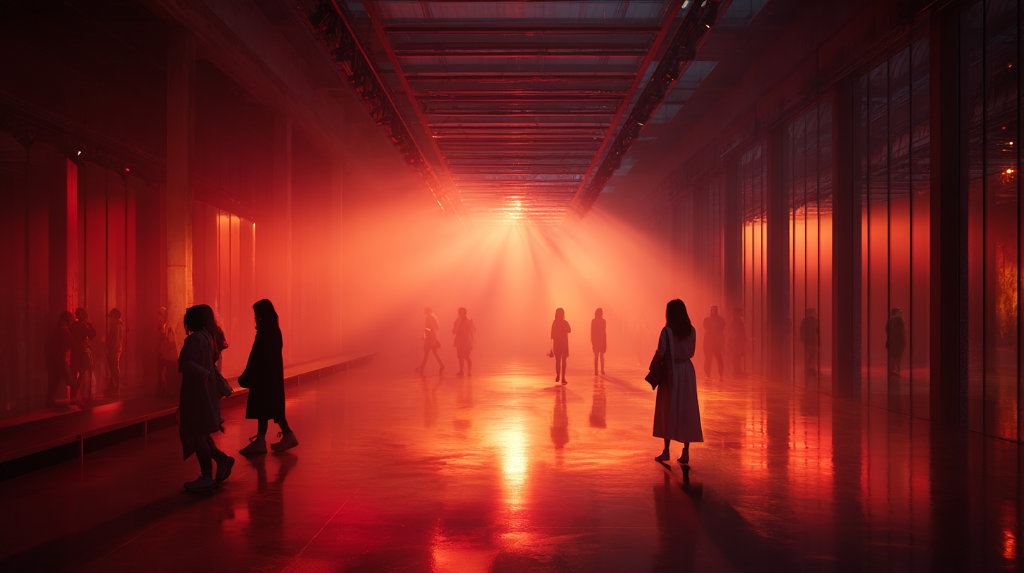Your Website Looks Great. But It’s Making People Leave

Introduction: The Beautiful Trap
You spent weeks perfecting your homepage. The hero section glows. The animations are buttery smooth. The fonts are modern. The color palette? Chef's kiss.
But there’s a problem.
Users are bouncing. Engagement is low. Conversions? Barely breathing.
And you’re wondering: what went wrong?
Here’s the brutal truth: your website might look amazing, but it’s too slow. And no one sticks around for slow.
In 2025, speed is no longer a nice-to-have. It’s the silent dealbreaker.
Beauty Means Nothing If It’s Blocking Performance
We’ve all seen it:
-
High-res hero videos
-
Massive background SVGs
-
Dozens of animation libraries
-
7 different fonts
You load the site. And you wait. And wait.
The irony? These design choices are meant to impress. But they destroy the very thing they’re supposed to support: user experience.
In an era where first impressions are made in under 3 seconds, loading lag is the kiss of death.
Real Users Don’t Wait
Google says 53% of mobile users leave if a page takes more than 3 seconds to load. Let that sink in.
You could have:
-
The best copy
-
The sharpest CTA
-
The perfect pricing structure
But if your Core Web Vitals are red, your users are gone before they ever see it.
The Hidden Cost of Design-First Thinking
We get it. You want your brand to feel premium. You want that beautiful scroll experience. The parallax effect. The bold intro video.
But ask yourself:
-
Is it worth it if it means 30% less engagement?
-
Is it worth it if 1 in 2 users never even finish loading your homepage?
Looking good isn’t the same as being good.
And in performance, excess is the enemy.
Speed Is the New Trust Signal
When your site loads instantly, it sends a subconscious message:
"We respect your time."
But when it lags?
"This brand doesn’t care enough to fix the basics."
Your site speed affects:
-
Perceived professionalism
-
User patience
-
Conversion rates
-
SEO rankings
-
Return visits
This is no longer just technical debt. It’s emotional debt.

What “Fast Enough” Means in 2025
Not all seconds are equal.
There’s a difference between:
-
First Contentful Paint (FCP)
-
Largest Contentful Paint (LCP)
-
Time to Interactive (TTI)
-
Input Delay (INP)
Your site might feel “fast” to you. But if the main content or CTA takes 4 seconds to show up, you’re bleeding users.
Google doesn’t just want your site to load. It wants it to feel instant.
That means:
-
LCP < 2.5s
-
INP < 200ms
-
CLS < 0.1
If you’re not measuring this, you’re not in the game.
Design That Serves Speed
Beautiful and fast can coexist. But it takes intention.
Here’s what great sites do:
-
Lazy-load non-critical assets
-
Optimize and compress images (especially hero sections)
-
Use system fonts or host fonts locally
-
Eliminate unused CSS & JS
-
Minimize third-party scripts
They design with constraints. They design with performance in mind.
Because a beautiful site that no one stays on? That’s not beautiful. That’s waste.
Don’t Just Optimize. Reprioritize.
Too often, performance is an afterthought. An audit. A ticket in backlog.
But in 2025?
Performance is the product.
If your site isn’t fast, it doesn’t matter how cool it looks. It doesn’t matter how clever your copy is. It doesn’t matter how much traffic you buy.
Your best chance is gone the moment the load spinner hangs.
So flip your mindset:
-
Design for performance from day one.
-
Ask how it performs before asking how it looks.
-
Treat speed like UX, not just dev ops.
Closing: Time to Choose
You can keep polishing pixels. You can keep pushing fancy visuals.
Or you can face the truth:
Speed is the most beautiful thing your site can offer.
Build for humans. Build for real-world devices. Build for trust.
Because no one ever says:
"Wow, that site was a bit plain but it loaded instantly... I hated it."
But they do say:
"I tried to open it, but it never loaded. I left."
In 2025, performance is the product. And users won’t wait for pretty.

